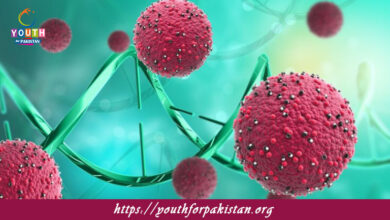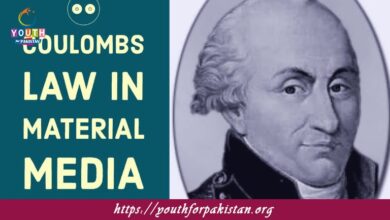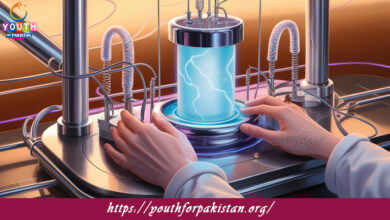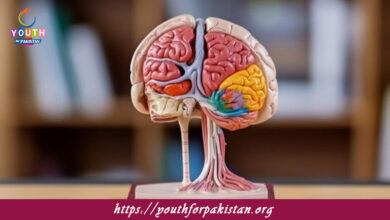Group1 Elements Atomic And Physical Properties MDCAT MCQs with Answers
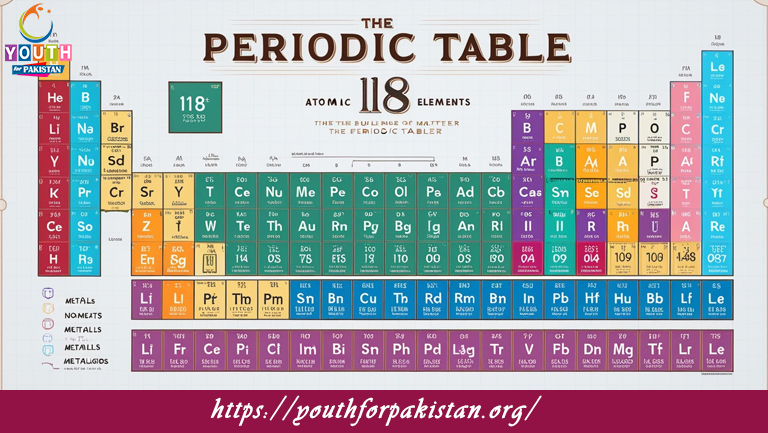
Welcome to the Group1 Elements Atomic And Physical Properties MDCAT MCQs with Answers. In this post, we have shared Group1 Elements Atomic And Physical Properties Multiple Choice Questions and Answers for PMC MDCAT 2024. Each question in MDCAT Chemistry offers a chance to enhance your knowledge regarding Group1 Elements Atomic And Physical Properties MCQs in this MDCAT Online Test.
Which of the following has the highest atomic radius in Group 1 elements?
a) Lithium
b) Sodium
c) Potassium
d) Rubidium
The element in Group 1 that is a liquid at room temperature is:
a) Lithium
b) Sodium
c) Potassium
d) Cesium
The melting point of Group 1 elements generally:
a) Increases down the group
b) Decreases down the group
c) Remains constant
d) Fluctuates
Which Group 1 element has the lowest density?
a) Lithium
b) Sodium
c) Potassium
d) Cesium
The color of the flame produced by burning potassium is:
a) Red
b) Yellow
c) Lilac
d) Green
Which of the following Group 1 elements is the most electropositive?
a) Sodium
b) Potassium
c) Rubidium
d) Cesium
The atomic radius of Group 1 elements:
a) Increases down the group
b) Decreases down the group
c) Remains constant
d) Fluctuates
The Group 1 element with the lowest ionization energy is:
a) Lithium
b) Sodium
c) Potassium
d) Cesium
Which Group 1 element is a solid at room temperature?
a) Lithium
b) Sodium
c) Potassium
d) Rubidium
The boiling point of Group 1 elements generally:
a) Increases down the group
b) Decreases down the group
c) Remains constant
d) Fluctuates
The trend in density of Group 1 elements:
a) Increases down the group
b) Decreases down the group
c) Remains constant
d) Fluctuates
The Group 1 element that is stored under oil to prevent oxidation is:
a) Lithium
b) Sodium
c) Potassium
d) Rubidium
The most reactive Group 1 metal with water is:
a) Lithium
b) Sodium
c) Potassium
d) Rubidium
The Group 1 element with the highest melting point is:
a) Lithium
b) Sodium
c) Potassium
d) Rubidium
The Group 1 element that forms a white solid when reacted with chlorine is:
a) Lithium
b) Sodium
c) Potassium
d) Cesium
The color of the flame produced by burning lithium is:
a) Red
b) Yellow
c) Green
d) Blue
The density of Group 1 elements generally:
a) Increases down the group
b) Decreases down the group
c) Remains constant
d) Fluctuates
The Group 1 metal that is most likely to form a colored flame when burned is:
a) Sodium
b) Potassium
c) Rubidium
d) Cesium
Which of the following Group 1 elements is the most abundant in Earth’s crust?
a) Lithium
b) Sodium
c) Potassium
d) Cesium
The solubility of Group 1 metal hydroxides in water:
a) Increases down the group
b) Decreases down the group
c) Remains constant
d) Fluctuates
The most electropositive Group 1 element is:
a) Sodium
b) Potassium
c) Rubidium
d) Cesium
The flame color produced by burning sodium salts is:
a) Red
b) Yellow
c) Lilac
d) Blue
The Group 1 element with the highest atomic mass is:
a) Sodium
b) Potassium
c) Rubidium
d) Cesium
Which Group 1 metal is used in making high-quality glass?
a) Lithium
b) Sodium
c) Potassium
d) Rubidium
The Group 1 element that forms a peroxide when it reacts with oxygen is:
a) Lithium
b) Sodium
c) Potassium
d) Rubidium
The reactivity of Group 1 elements with acids generally:
a) Increases down the group
b) Decreases down the group
c) Remains constant
d) Fluctuates
The solubility of Group 1 metal carbonates in water:
a) Increases down the group
b) Decreases down the group
c) Remains constant
d) Fluctuates
The Group 1 metal that reacts with water to produce a colorless solution is:
a) Lithium
b) Sodium
c) Potassium
d) Rubidium
The flame color produced by burning rubidium salts is:
a) Red
b) Purple
c) Yellow
d) Green
The reactivity of Group 1 elements with air:
a) Increases down the group
b) Decreases down the group
c) Remains constant
d) Fluctuates
The Group 1 element that forms a highly basic hydroxide in water is:
a) Lithium
b) Sodium
c) Potassium
d) Cesium
The atomic size of Group 1 elements:
a) Increases down the group
b) Decreases down the group
c) Remains constant
d) Fluctuates
The Group 1 element with the highest reactivity towards water is:
a) Lithium
b) Sodium
c) Potassium
d) Cesium
The Group 1 element that forms a white salt when reacted with chlorine is:
a) Sodium
b) Potassium
c) Rubidium
d) Cesium
The density trend of Group 1 elements:
a) Increases down the group
b) Decreases down the group
c) Remains constant
d) Fluctuates
The flame color produced by burning cesium compounds is:
a) Red
b) Yellow
c) Blue
d) Green
The Group 1 metal that is least reactive with air is:
a) Lithium
b) Sodium
c) Potassium
d) Rubidium
The most common oxidation state of Group 1 elements in their compounds is:
a) +1
b) +2
c) 0
d) -1
The Group 1 element that forms a basic hydroxide with water and is less reactive compared to others is:
a) Lithium
b) Sodium
c) Potassium
d) Rubidium
The physical state of sodium at room temperature is:
a) Solid
b) Liquid
c) Gas
d) Plasma
If you are interested to enhance your knowledge regarding Physics, Chemistry, Computer, and Biology please click on the link of each category, you will be redirected to dedicated website for each category.


